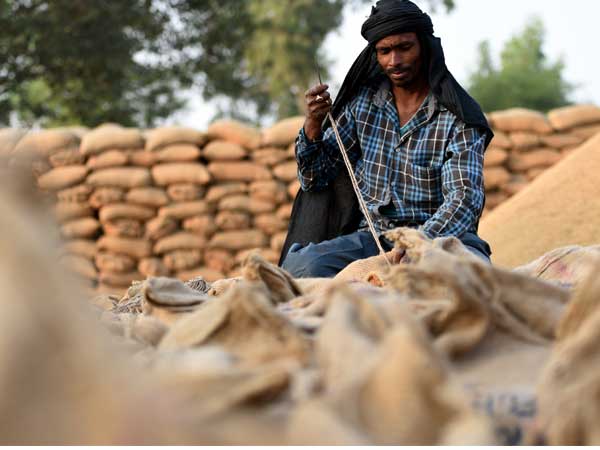
Land prices continue to be weak
Rural land prices that skyrocketed by at least 5x-10x over the last decade on improved road connectivity, urbanisation, remittances and speculation have been soft for the last few quarters. Barring regions adjacent to urban areas or where large infrastructure projects are coming up, there is no evidence of land transactions taking place as yet.
Land prices were weak after 2015 on average, and after demonetisation, transaction volumes significantly eased. Measures to reduce the flow of black money, leading to restrictions on cash-based transactions, disruptions through GST implementation and lack of speculation continue to affect real estate prices across regions.
There continues to be an overall pressure on land prices with significant weakness in some states such as Rajasthan, Gujarat and Madhya Pradesh in particular. Some limited positive momentum in states such as Bihar, eastern Uttar Pradesh and Haryana were witnessed during the current visit by the Rural Safari team (September 18).
Rural income: Modest growth aided by govt intervention
Wage income forms a significant share for marginal/small farmer incomes (60/20 per cent) and hence any change in the wage trajectory can have significant bearing on incomes.
Rural wage growth has remained soft for the last 2 years and economy resets – including demonetisation/GST implementation – as well as soft construction demand have put pressure on wage growth. On a seasonal basis, September witnessed an increase in wages as demand increases from farms as the harvesting season nears.
Sporadic instances of wage increase during September 2018, particularly in Andhra Pradesh, Telangana and eastern Uttar Pradesh was seen. Signs of an increase was found in Haryana. The monthly data on average wage growth comes with a significant lag, but barring any economic reset event, rural wage growth should be on a better trajectory than it was in the previous year.
MSP hike to drive income growth in FY19
Given a reasonably satisfactory monsoon and healthy reservoir levels, crop production is expected to be marginally ahead YoY in FY19. The declared MSP (which covers 35 per cent of crops) has seen high growth for Kharif and stable modest growth for Rabi. The government has started procurement process selectively and this would expand in Nov- Dec’18. However, there is an increase in agri-input costs led by rise in fertilisers and pesticide costs and increase in fuel prices. The price increase for vegetables and fruits have been weak on a seasonal basis and, coupled with the increase in input costs, would impact overall farm income growth.
Non-farm income is expected to see a modest acceleration as the disruptive impact from demonetisation, GST implementation and sand mining bans in select states fades slowly. Rural wage growth continues to remain non-supportive (for small farmers) and wholesale channel-based businesses continue to face challenges in pockets, limiting growth in non-farm income.
Overall, based on interactions with agri-households across the country, it was estimated that agri-household
income would improve from 7 per cent growth in FY18 to near double-digit growth in FY19. In addition, government efforts such as enhanced farm loan-waivers/sops are likely over the next few months and could lower leverage.
On the whole, consumption sentiment is largely steady and any impact from the issues in the financial sector should be short-lived. In particular, increased traction is happening in organised apparel and consumer durables and even healthcare services, particularly in North and East India.
Increasing financial penetration aiding consumption
Recurring themes in semi-urban/rural India include increased financialisation (aided by expansion of Jan Dhan accounts – over 300 million), acceptance of credit in hitherto underpenetrated areas (East India) and increasing presence of the financing aided by non-banking finance companies (NBFCs). Despite the current regulatory changes, underlying demand remains robust and NBFCs/banks with streamlined processes would be able to increase their market share going forward.
Interactions with dealers and data from companies across regions indicate an increase in the share of financing across consumer categories.
The constraint on making purchases above Rs 2 lakh in cash is aiding in the increase in financing, particularly in the case of automobiles (CV, tractors, etc). The use of bio-metric information, mobile technology and efficient processes has enabled a quick and efficient credit appraisal process and allowed companies to achieve scale. For example, micro-finance companies have seen the timelines of group formation and disbursement drop to 3-4 days from 10-12 days 2-3 years ago.


